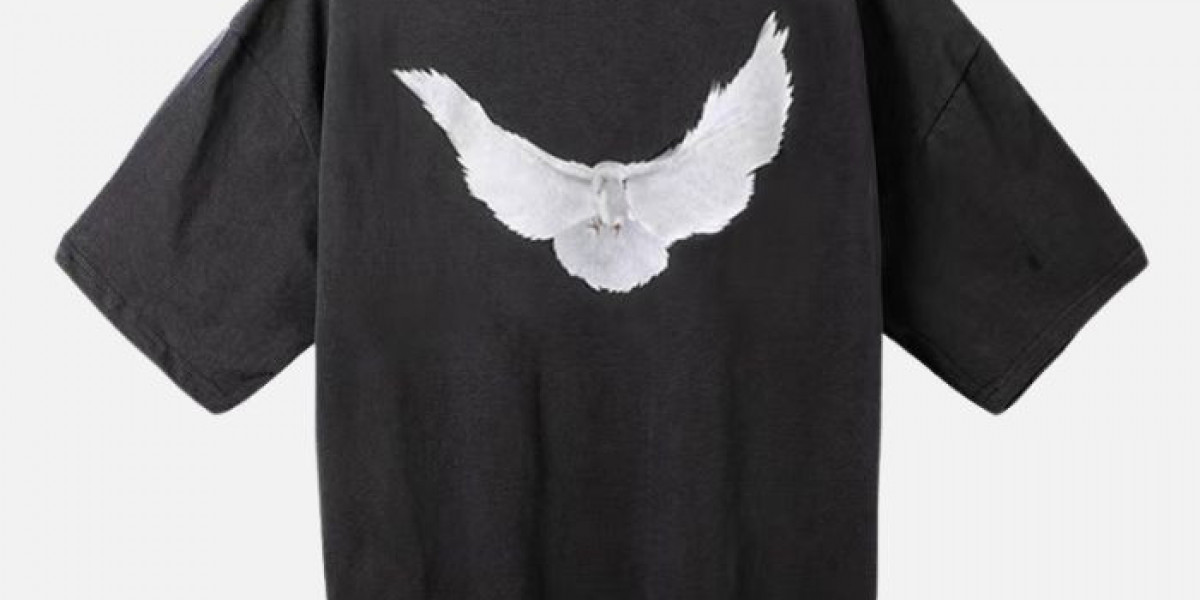When fashion dares to dance on the edge of absurdity and genius, only a few pieces emerge from the chaos to become icons. The Loverboy Hat is one such piece. Instantly recognizable and deeply embedded in the DNA of Charles Jeffrey’s creative universe, the Loverboy Hat transcends the concept of mere headwear. It is more than just fabric stitched into form—it is a wearable declaration of art, identity, queerness, and rebellion.
Origins of the Hat: The Birth of a Cult Symbol
To truly understand the significance of the Loverboy Hat, we need to rewind to the mind that birthed it—Charles Jeffrey, the Glasgow-born designer behind Charles Jeffrey LOVERBOY. He launched his label while still a student at Central Saint Martins, blending fashion with the euphoric chaos of London’s queer nightlife. From the get-go, LOVERBOY wasn’t just a brand; it was a movement.
The iconic hat first appeared in early runway collections as a playful yet provocative symbol—immediately evoking comparisons to children’s costumes, medieval jester hoods, and even fantastical creatures. With exaggerated ears or horns—depending on interpretation—the Loverboy Hat challenges conventional silhouettes. It's a mischievous middle finger to the conservative norms of high fashion, a piece born in the underground and unapologetically marching on the surface.
Design Language: Whimsy Woven With Defiance
The beauty of the Loverboy Hat lies in its contradictions. Soft to the touch, often made from cozy wool or cotton blends, the hat appears inviting and humorous. But beneath the playfulness lies a rebellious spirit. The hat's pointed shapes—be they rabbit-like ears, devilish horns, or exaggerated flaps—speak to a theatrical vision of personal identity. It's childlike wonder paired with adult confidence. This piece doesn't whisper; it shouts in neon hues and patchwork textures.
Whether rendered in rich tartans, bold reds, soft pastels, or gender-fluid gradients, the Loverboy Hat carries a visual language that breaks binaries. It is androgynous, ambiguous, and proud of its ambiguity. Every time it's worn, it asks a question: who says fashion needs to make sense?
A Fashion Statement or a Social Movement?
Beyond aesthetics, the Loverboy Hat stands at the crossroads of fashion and cultural commentary. It functions almost as a wearable manifesto, reflecting LGBTQ+ identity, nonconformity, and liberation. In a world where fast fashion often dilutes meaning, this hat carries weight.
Charles Jeffrey himself has spoken about fashion as therapy—a form of escapism, healing, and self-expression. Within that framework, the Loverboy Hat becomes an armor of joy. It's defiant, yes, but also deeply tender. It allows wearers to step into a character, a version of themselves unburdened by societal judgment. In essence, it's more than fashion; it's a mask you choose to wear—not to hide, but to reveal.
When worn at pride events, underground parties, or even on the runways of Paris and Milan, the hat becomes a cultural sigil. A nod to queerness. A wink to those in the know. It’s not just about being seen; it’s about being understood.
Celebrity Co-signs and Streetwear Impact
A fashion item’s transition into pop culture lore is often marked by who wears it—and the Loverboy Hat has no shortage of high-profile fans. From musicians like Harry Styles to performance artists, drag queens, and boundary-pushing models, the hat has found a home atop heads that defy the mainstream.
But it's not just the elite embracing this eccentric accessory. In the world of streetwear, where self-styling is king, the Loverboy Hat offers something fresh. Amidst the monochrome hoodies and hyped-up sneaker drops, the hat introduces an unexpected twist. It's disruptive. Irreverent. It makes people look twice—and that is the ultimate flex in a scene obsessed with uniqueness.
Wearing it is an act of fashion courage. It says: I’m not here to blend in. I’m here to make you look. That’s why it resonates so deeply with Gen Z and fashion-forward Millennials who live at the intersection of irony, authenticity, and internet culture.
The DIY Spirit: From Runways to Real Life
What makes the Loverboy Hat particularly special is its resonance with the do-it-yourself ethos. Its hand-crafted, almost costume-like quality evokes the spirit of punk fashion and zine culture. Even those who can’t afford the designer price tag have found ways to recreate the look, stitching their own versions, customizing thrifted pieces, or adding ears to beanies.
This grassroots adoption adds to the mythos. It blurs the line between high fashion and subcultural style, allowing the hat to move freely between fashion weeks and underground raves. It exists everywhere—on TikTok thrift tutorials, in conceptual photoshoots, in fashion school portfolios, and on the heads of those who just want to wear something different on a rainy Tuesday afternoon.
The hat invites customization. It encourages mischief. It's a canvas more than a product—a spark for creativity, for gender play, for personal reinvention.
Critics, Conversations, and Cultural Weight
Naturally, such a bold piece has its detractors. Some critics see the Loverboy Hat as a gimmick—another quirky item destined to fade as trends change. Others argue that its outlandishness makes it inaccessible to the average consumer.
But those critiques fail to understand its purpose. The Loverboy Hat was never designed for mass appeal. It was never about fitting in or following fashion’s rules. In fact, it's the antithesis of fast fashion’s mass-produced emptiness. It invites discussion. It provokes discomfort. It’s a question mark in a world full of exclamation points.
What some call weird, others call revolutionary. And in an era where identity politics, queerness, and self-expression are under constant negotiation, the Loverboy Hat refuses to be neutral. It picks a side—and it wears it on its sleeve. Or, more accurately, on its head.
Timelessness in the Age of Trends
Fashion is notoriously fickle, and few pieces survive the brutal churn of trend cycles. Yet the Loverboy Hat continues to thrive. Why? Because it’s not just a seasonal accessory—it’s a symbol. One could argue that it will age like a Vivienne Westwood orb or Comme des Garçons heart: rooted in an era, yet perennially modern.
Its timelessness lies in its defiance. As long as there are people rejecting the mainstream, challenging gender norms, and seeking creative outlets for self-expression, there will be space for the Loverboy Hat. It belongs to those who dress for themselves, who view clothing not as conformity but as a canvas for rebellion.
Conclusion: More Than a Hat, It’s a Revolution in Wool
The Loverboy Hat is not just headwear. It’s an attitude. A piece of performance art. A symbol of defiant joy in a world often afraid of flamboyance. For those who wear it, it's not about looking trendy—it’s about being seen, being loud, being unapologetically you.
Charles Jeffrey didn’t just design a hat; he offered a crown to the misfits. A badge for the dreamers. A mask that tells the truth. And in doing so, he created something rare: a fashion item that actually means something.
So the next time you see someone in a Loverboy Hat, don’t laugh. Don’t scoff. Look closer. You might just be looking at someone living their truth—ears, horns, and all.







